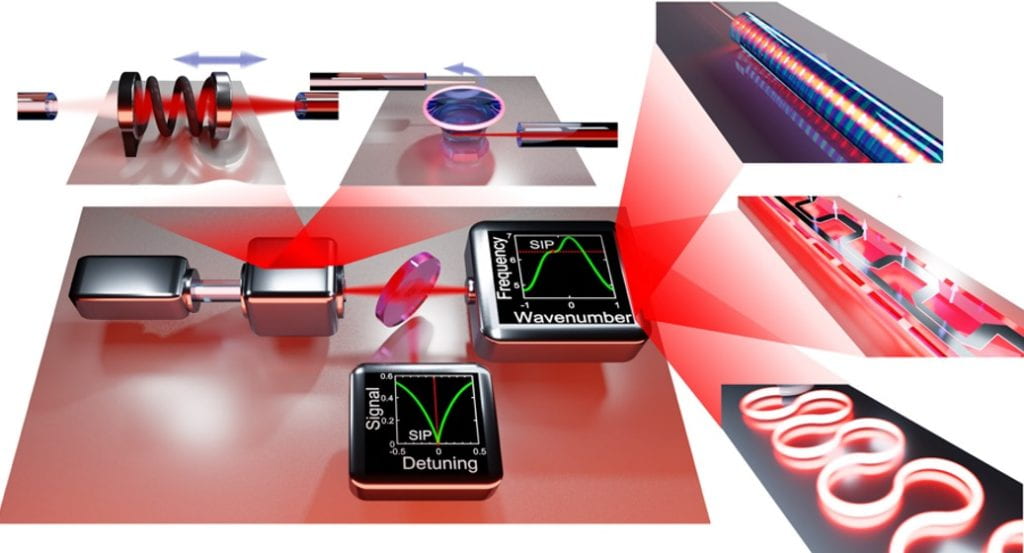Upcoming Events
RINGS Virtual Workshop on Zoom, June 15th at 12:30 PM EDT: click here to join.
NSF RINGS

The Resilient & Intelligent NextG Systems (RINGS) Program is a new endeavour to support research on emerging next-generation wireless, mobile communication, networking, sensing and computing systems and on global-scale services — with a focus on improving the performance and resilience of these networked systems.
As the single largest NSF effort to date, the RINGS Program brings together private partners including Apple, Google, and Microsoft together with government partners including the U.S. Department of Defense’s Office of the Under Secretary of Defense for Research and Engineering and the National Institute of Standards and Technology and the National Institute of Standards and Technology (NIST).
Our Research
The general setting for our work is a reverberant environment with strong multi-path contributions to the signals at any given location. Engineers have generally avoided such
situations because of their extreme complexity and lack of predictability. It is exactly these attributes that we plan to exploit to enable resilient communications and spectrum management.
Our goal is to explore new ways to actively modify and control the electromagnetic environment for the purpose of improving resiliency of communications in NextG network systems. We plan to use reconfigurable intelligent surfaces (RIS) in new ways to exert greater control of fields in a spectrally crowded reverberant setting.
Innovations include the use of nonlinear elements for frequency conversion of signals, rapid reconfiguration of the RIS to react to sudden onset of intense traffic, or an intentional attack, and strategies for protecting receivers from electromagnetic assault, followed by rapid recovery after the threat has dissipated.
Complex and multi-path scattering, in conjunction with RIS control, offers qualitatively new opportunities for wavefront shaping and bandwidth utilization. The creation of cold-spots, both in real space, and in the spectral content of a reverberant environment, will establish an altogether new level of control for establishing and maintaining resilient communication networks.
Our Collaboration
To carry out this study, we have formed a multidisciplinary team of PIs with strong expertise in mathematical modeling and theoretical physics (Kottos), applied electromagnetism with emphasis on metasurface design and nonlinear/active EM structures (Sievenpiper), and RIS fabrication, testing and microwave experimentation with wave chaotic environments and wavefront shaping techniques (Anlage).
The proposed multidisciplinary research covers a broad spectrum of fields from mathematics to physics, electrical engineering design, fabrication and microwave characterization, and involves researchers from diverse academic backgrounds, and university cultures.
Our synergistic effort, coupled with cross-disciplinary training opportunities to develop a well-rounded knowledge base, will be particularly attractive to students and young researchers. Our broadening participation plan therefore seeks to develop strong social communities to attract, mentor, and retain under-represented students and researchers into the STEM fields.


